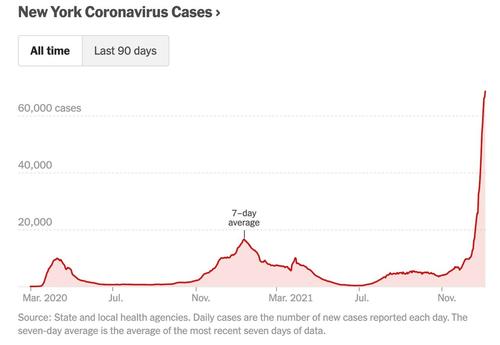The school closures in spring 2020 had a negative effect on the health and well-being of many young people. But homeschooling also had a positive flipside: Thanks to sleeping longer in the morning, many teenagers reported improved health and health-related quality of life. The study authors from the University of Zurich therefore believe school days should begin later in the morning.
The first wave of the Covid-19 pandemic led to the closure of all schools nationwide from 13 March to 6 June 2020. According to multiple studies, symptoms of depression and anxiety among young people increased during this time, while satisfaction and quality of life decreased. The schoolchildren were also less physically active and spent more time sitting in front of screens.
Now, a study by the University of Zurich (UZH) has shown that the homeschooling phase also had a positive effect on the health and well-being of many teenagers. "The students got about 75 minutes more sleep per day during the lockdown. At the same time, their health-related quality of life improved significantly and their consumption of alcohol and caffeine went down," says the study's co-leader Oskar Jenni, UZH professor of developmental pediatrics. Because they no longer had to travel to school, they were able to get up later.
More sleep on school days improves young people's health-related quality of life
The researchers conducted an online survey with 3,664 high school students in the Canton of Zurich during the lockdown, asking about their sleep patterns and quality of life. They then compared the answers with a survey from 2017 with 5,308 young participants. The results showed that during the three months in which the schools were closed, the adolescents got up around 90 minutes later on school days, but went to bed only 15 minutes later on average -- meaning their total amount of sleep increased by about 75 minutes a day. On weekends, there was little difference in the sleep times of the two groups.
The students in the lockdown group rated their health-related quality of life higher, and the amount of alcohol and caffeine they reported consuming was less than the pre-pandemic group. "Although the lockdown clearly led to worse health and well-being for many young people, our findings reveal an upside of the school closures which has received little attention until now," says Jenni.
Unique opportunity to investigate the effect of later school starting times
Sleep deficits in adolescents can lead to general tiredness, anxiety and physical ailments. These in turn have a detrimental effect on cognitive functions such as concentration, memory and attention, making it significantly harder to function in everyday life. The early start of the school day in Switzerland conflicts with the natural, biologically determined sleeping habits of teenagers. Because they have to get up early for school, many young people therefore suffer from chronic lack of sleep. The topic has recently made its way onto the political agenda in several cantons across the country.
"Our findings clearly indicate the benefit of starting school later in the morning so that youngsters can get more sleep," says Jenni. He speculates that the positive effects on health and health-related quality of life would have been even greater had there not also been the negative effects of the pandemic on mental health.
Story Source:
Materials provided by University of Zurich. Note: Content may be edited for style and length.
Journal Reference:
- Joëlle N. Albrecht, Helene Werner, Noa Rieger, Natacha Widmer, Daniel Janisch, Reto Huber, Oskar G. Jenni. Association of Adolescent Sleep Duration During COVID Pandemic High School Closure – Effects of homeschooling on adolescents’ sleep and health. JAMA Network Open, 2022 DOI: 10.100/jamanetworkopen.2021.42100
